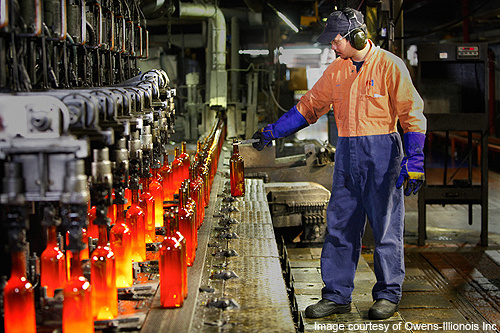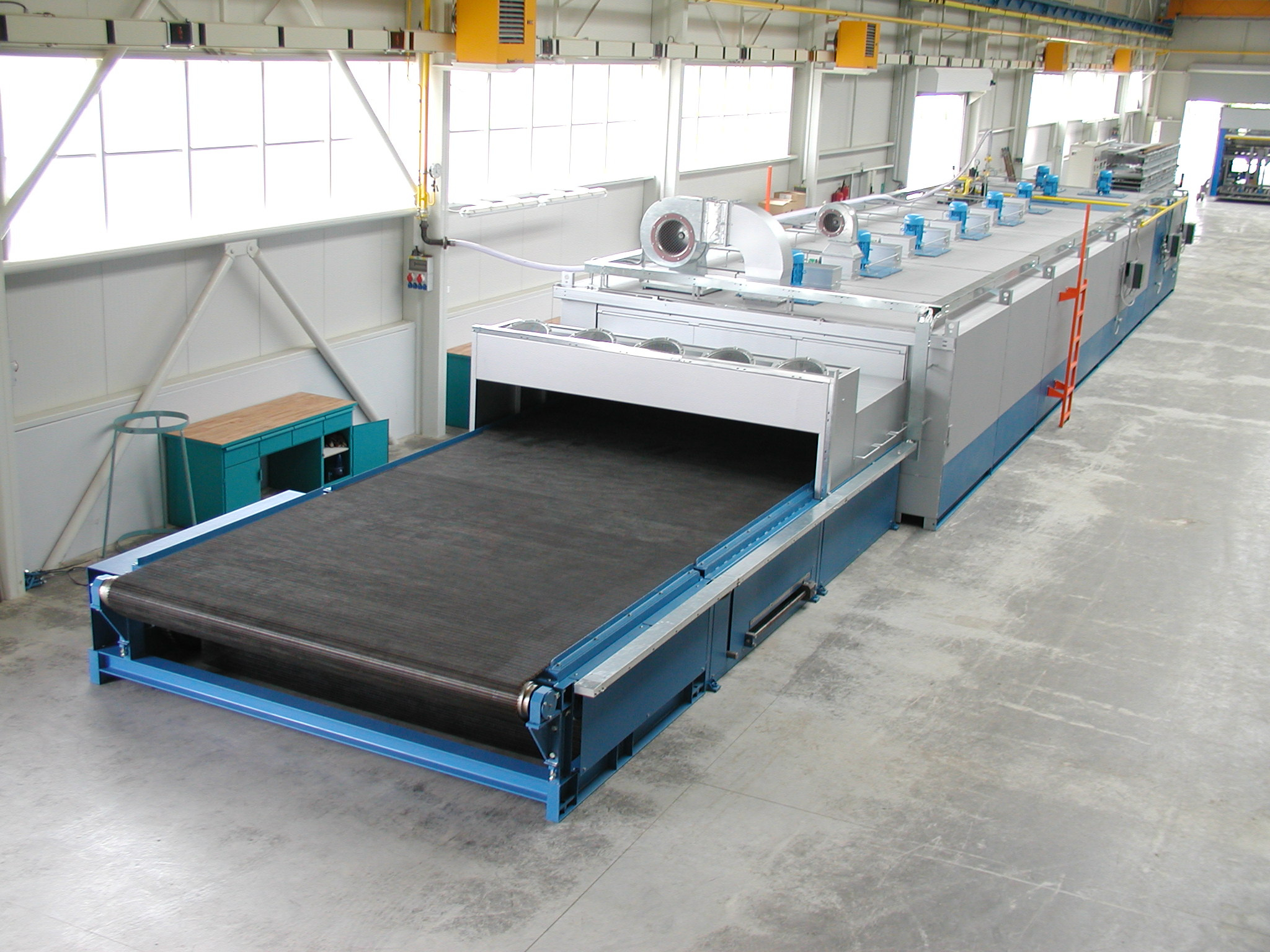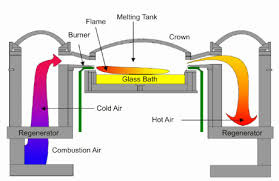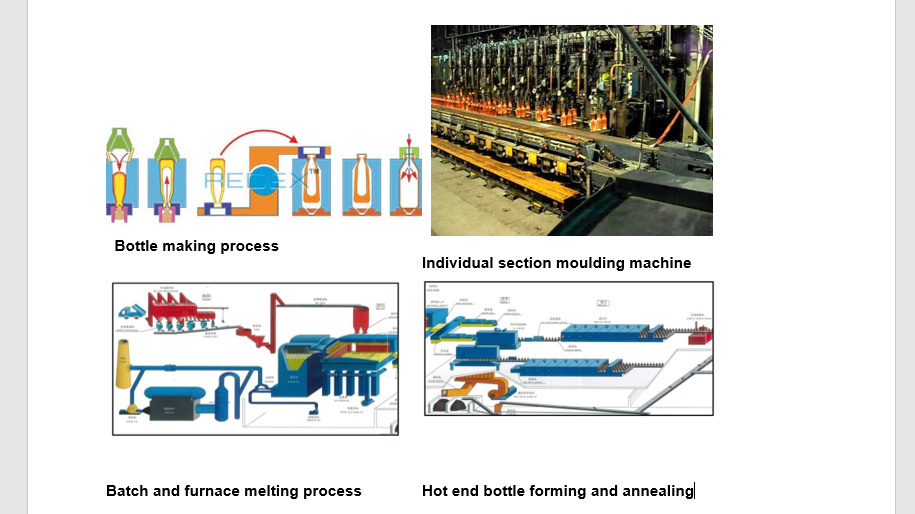Bottleneck Glass Container Plant
Situation: A glass container plant situated in Ontario in the 1980's was melting 600 tons a day of sand and other materials to make flint glass jars and bottles for the food and alcohol market. The plant had two cross fired regenerative melting furnaces and a total of 12 production lines. In 1979, the plant had 1200 employees and was not running well, experiencing 16% controllable downtime with a percent pack rate averaging 50%. Approximately 300 tons per day of defective bottles were being crushed and recycled back through the furnaces at great loss. Shipments were late, customers were unhappy and plant morale was poor.
Analysis: The relationship between the pack percentage and the percent downtime was -3 to 1. E.g. For each 1% increase in the downtime the % pack would decrease by about three. This relationship is not perfectly linear but approximately represents the behaviour between downtime and throughput. Clearly in this situation equipment downtime is the bottleneck to more throughput.
Outcome: Over a 2.5 year period from 1980 to 1983 engineers and maintenance staff worked diligently to address all of the myriad reasons why equipment failed. Plant management made a number of organizational improvements such as staff training and the implementation of specialized job change crews. During this time mechanical lost time dropped to less than 2% on a bad day with 0% downtime being the norm. At the same time the pack rate increased to a much better 85 to 93 percent level. With speed increases due to improved mould cooling throughput approximately doubled. The manpower needed to run the facility at twice the throughput dropped to about 700 employees.
Financially this plant became the best performing unit of six plants in the corporation across Canada generating almost 60% of the bottom line profit for the company. Due to market pressures from plastics and a steadily declining market for glass containers, the plant closed in the mid-90's.
In a process operation all costs are fixed including labour. Thus throughput, revenue and profit are inversely proportional to the downtime. In such a situation, capital expenditures to improve up time have very short payback periods of a few months or as little as weeks as all incremental increases in revenue will flow to the bottom line..
 Home
Home



